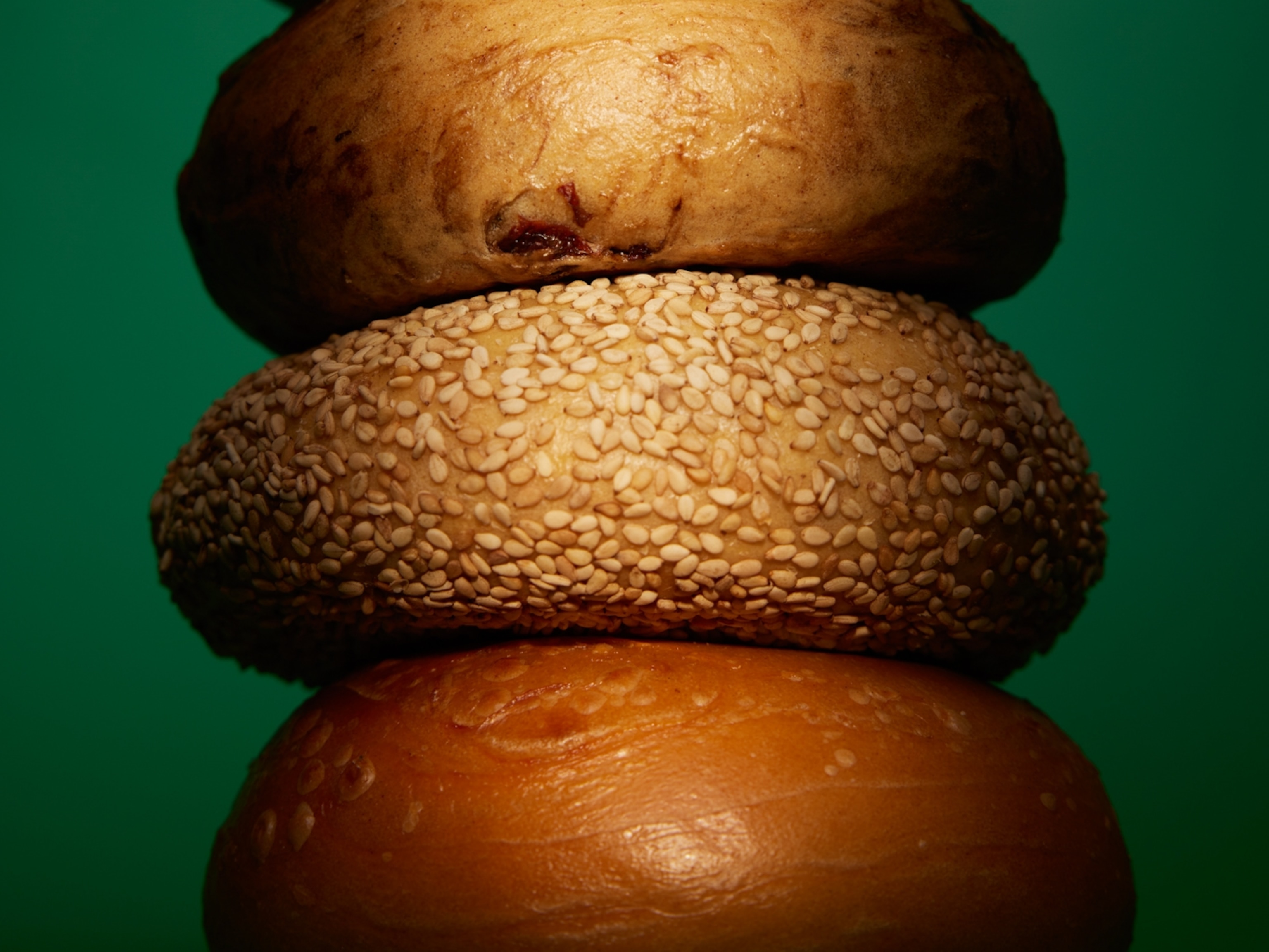Of the less than 1 percent of freshwater available for human use, a whopping 70 percent goes toward growing food and raising animals.
Your diet is probably the biggest slice of your water footprint, especially if you eat meat from cows and other animals fed with water-intensive crops, such as corn. Cutting consumption of animal products in half would reduce the U.S.’s dietary requirements of water by 37 percent. The average U.S. diet currently takes 1,320 gallons (4,997 liters) of water a day to produce.
Food is also a means by which water is moved, or imported and exported, around the world. You may find that the rice you bought today was grown in a dry region of Jordan with the help of highly engineered, but not always very efficient, irrigation systems. For example, northern China annually exports to south China about 1.8 trillion cubic feet (52 billion cubic meters) of water indirectly through foodstuffs and other products.
In areas where food is not taken for granted—often the same areas where droughts and flooding hit the hardest—there are 850 million people annually suffering from malnutrition. As water becomes less accessible, so does food.
Fast Facts
- More efficient irrigation practices, such as drip and micro-sprinklers, can reduce the volume of water applied to agricultural fields by 30-70 percent and can increase crop yields by 20-90 percent.
- Drip irrigation is used on less than 2 percent of irrigated land worldwide.






